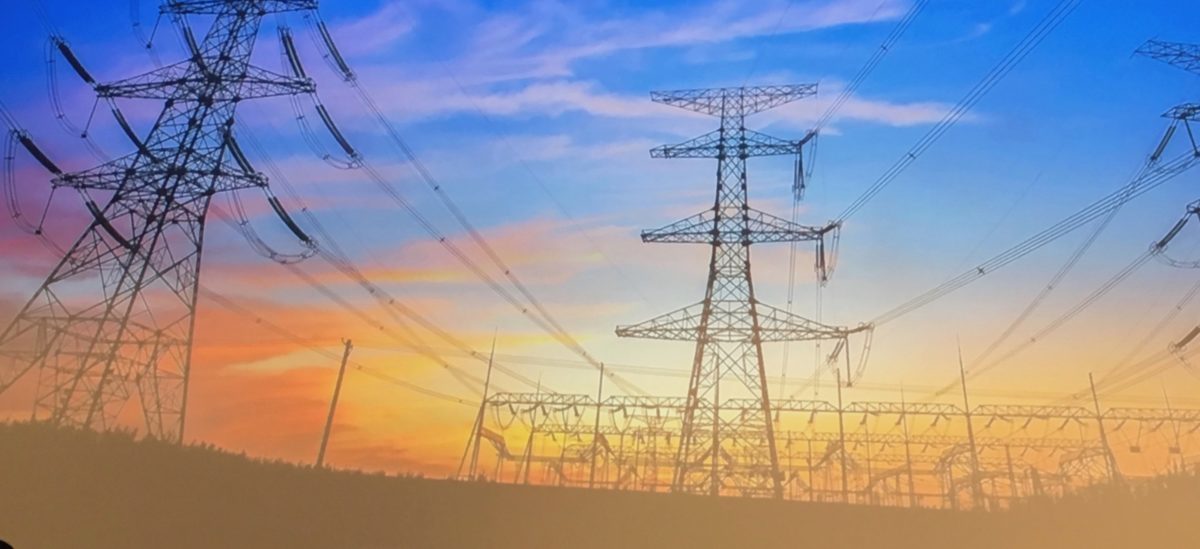Interconnection to the utility grid is one of the biggest hurdles for getting new solar projects online. It is consistently cited by developers as being a serious impediment to fast and affordable project development.
Smaller solar projects, however, including the majority of net-metered solar projects, are now connected relatively quickly, taking advantage of computer automation of most parts of the interconnection process.
The application and review process for net-metered solar projects under 30 kW is partially automated for some utilities, starting in 2013 for PG&E and 2012 for SDG&E. SCE began doing this a few years later.
A number of other automation improvements are on deck in California, most of them being discussed and adjudicated in the Public Utilities Commission’s Rule 21 proceeding (R.17-07-007; I’ve had the dubious pleasure of being intimately involved with this rulemaking and its predecessors for over a decade now, as a policy attorney for various clients).
What about larger net-metered projects or front-of-meter (wholesale) solar projects? Well, they’re still left out in the cold for the most part when it comes to faster interconnection timelines made possible by automation.
This is changing steadily, albeit slowly, in California. The Rule 21 Working Group Two Final Report describes in the appendix to Issue 8 (starting at p. 90) the state of the art on automation in California and makes a number of recommendations for further automation. The CPUC will be issuing a proposed decision on this report sometime in the first half of 2020.
Similarly, the Rule 21 Working Group Three Final Report discusses a number of interconnection portal changes, including a number of automation improvements, that could be made to streamline the interconnection process. The CPUC will also be issuing a proposed decision on this report soon(ish).
Utilities almost always take as much time as they are allowed
While utilities are using automation in more and more aspects of the interconnection process, including for larger and complex projects, they have thus far been resistant to changing the required timelines for interconnection.
As a general matter, utilities almost always take as much time as they are allowed by the relevant tariff language, for each timeline. This seems to be due to a fear that if they complete these tasks faster than the allowed maximum time, then regulators will shorten the allowed timelines, increasing pressure on the utility.
As an automation advocate, it is of course the case that I’d like to see the tariff timelines shortened, and that’s really the primary benefit of automation. Without shortened timelines we won’t see most of the benefits that automation can bring.
It seems that we’ll see automation improvements steadily phased in. But without action by regulators to reduce timelines in accordance with the benefits in processing time that automation can bring, we won’t see much improvements instigated by utilities in terms of reduced processing time for wholesale projects.
If developers are interested in helping to reduce interconnection timelines and improve automation, please contact the CPUC directly (R.17-07-007) or contact me at tam@communityrenewables.biz.
***
Tam Hunt is a renewable energy lawyer and policy expert, owner and founder of Community Renewable Solutions LLC, and author of the book, Solar: Why Our Energy Future Is So Bright, soon to be released in its second edition.
The views and opinions expressed in this article are the author’s own, and do not necessarily reflect those held by pv magazine.
This content is protected by copyright and may not be reused. If you want to cooperate with us and would like to reuse some of our content, please contact: editors@pv-magazine.com.








By submitting this form you agree to pv magazine using your data for the purposes of publishing your comment.
Your personal data will only be disclosed or otherwise transmitted to third parties for the purposes of spam filtering or if this is necessary for technical maintenance of the website. Any other transfer to third parties will not take place unless this is justified on the basis of applicable data protection regulations or if pv magazine is legally obliged to do so.
You may revoke this consent at any time with effect for the future, in which case your personal data will be deleted immediately. Otherwise, your data will be deleted if pv magazine has processed your request or the purpose of data storage is fulfilled.
Further information on data privacy can be found in our Data Protection Policy.